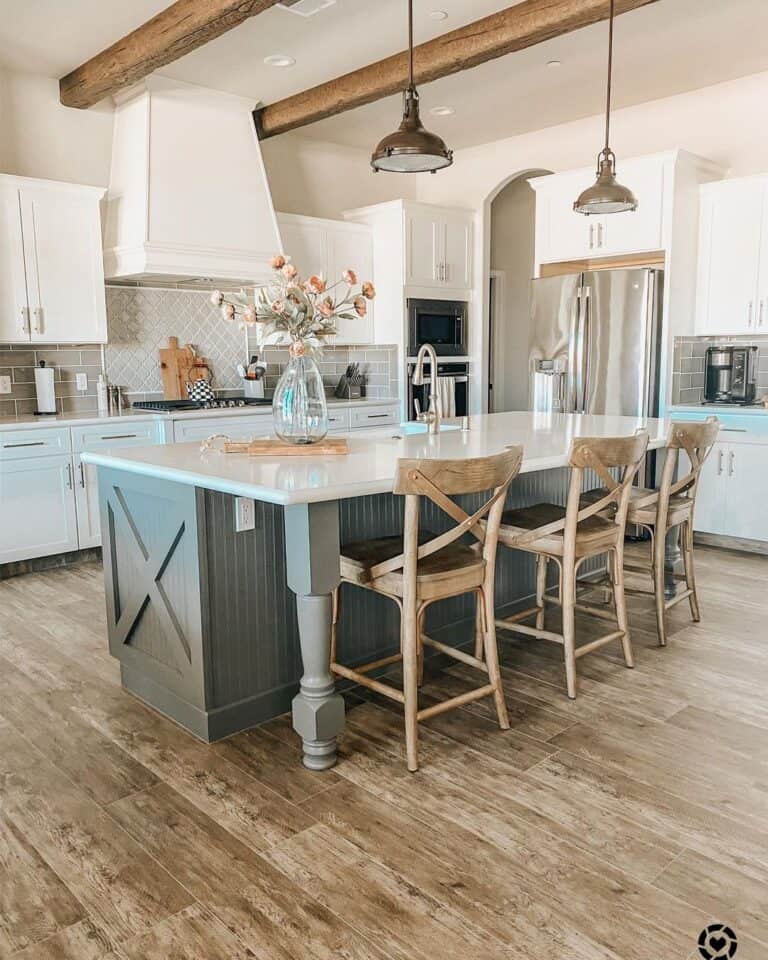Maximize Flexibility with Adjustable Legs For Kitchen Island Functions
Maximize Flexibility with Adjustable Legs For Kitchen Island Functions
Blog Article
An Overview to Picking the Perfect Legs For Kitchen Island for Your Home
Choosing the suitable legs for your cooking area island is a nuanced choice that affects both the performance and visual allure of this main area. As you think about these elements, it becomes noticeable that the appropriate legs can change not only the look of your cooking area yet likewise its usability for years to come.

Recognizing Kitchen Island Legs
When picking legs for a kitchen island, it's vital to understand their aesthetic and practical roles in the overall style. The legs function as an essential support group, ensuring security and sturdiness for the island, which often works as a work space, eating area, or gathering place. The selection of product and building and construction method should be robust enough to withstand day-to-day use and possible wear.
In enhancement to their structural obligations, legs contribute considerably to the island's visual appeal. They can enhance the cooking area's design, whether through standard, modern, or eclectic designs. The height and proportion of the legs are likewise important factors to consider; they must balance with the island's kitchen counter height while ensuring comfortable seating for those using the room.
In addition, the leg style can affect the total circulation of the kitchen. Open, ventilated leg styles can produce a feeling of lightness, while solid, significant legs might convey a more based and stable aesthetic - Legs For Kitchen Island. Comprehending these functional and visual elements will certainly guide homeowners in making notified selections that match their cooking area's design and enhance its use
Popular Styles and Materials
The choice of legs for a kitchen island encompasses a selection of popular styles and products, each offering special features that can enhance both performance and appearances. Among one of the most in-demand styles are contemporary, rustic, and conventional. Contemporary legs typically include streamlined, minimal designs that stress simplicity and tidy lines, making them excellent for modern-day kitchens. Rustic styles, on the other hand, welcome natural environments and commonly showcase recovered timber or distressed finishes, including heat and charm to the space. Typical legs usually exhibit luxuriant information and workmanship, boosting timeless kitchen styles.

Height and Security Considerations

The legs of the kitchen island must give adequate assistance, guaranteeing that the framework can withstand daily use without shifting or wobbling. Material selection plays a substantial role in stability; steel legs, for instance, tend to use higher stamina contrasted to wood.
Matching Your Cooking Area Aesthetic
Picking the best legs for your kitchen area island goes beyond functionality; it likewise plays a significant role in the general aesthetic of the space (Legs For Kitchen Island). When you can check here selecting legs, consider the design style of your cooking area.
Color is another vital variable. Legs that match or comparison with your island's surface area and surrounding kitchen cabinetry can develop aesthetic consistency or striking centerpieces. Coupling dark wood legs with a light marble countertop can include depth and interest. Additionally, take into consideration the coating of the legs; matte, shiny, or distinctive coatings can substantially influence the overall feel of the kitchen area.
Installment and Upkeep Tips
Installing cooking area island legs calls for careful focus to information to guarantee both security and visual allure. Utilize a stud finder to situate wall studs if you are attaching the legs to a wall or using brackets for included support.
When securing the legs, utilize premium screws and, if essential, wood glue for extra toughness. For metal legs, guarantee that you are using appropriate supports and devices important link to stop damages to your flooring. It is a good idea to check for levelness after installment, making changes as needed to stay clear of tottering.
Tidy the legs with an appropriate cleaner, preventing unpleasant materials that may scrape the surface area. By adhering to these installment and maintenance pointers, you check it out can ensure that your kitchen area island legs continue to be both visually appealing and useful.
Conclusion
Finally, picking the proper legs for a kitchen island demands cautious consideration of elevation, stability, and aesthetic compatibility. By picking ideal products and styles that align with the general kitchen layout, functionality can be boosted while maintaining visual charm. Appropriate setup and ongoing upkeep further add to the toughness and durability of the kitchen island. Eventually, thoughtful leg selection plays a crucial function in elevating both the practicality and design of the kitchen area room.
When selecting legs for a cooking area island, it's crucial to recognize their aesthetic and useful functions in the general design. Open, ventilated leg styles can develop a sense of agility, while solid, considerable legs may share a more based and secure visual. The legs of the kitchen island must give adequate assistance, ensuring that the structure can hold up against everyday use without moving or wobbling.Setting up cooking area island legs calls for mindful interest to detail to ensure both security and visual charm.In conclusion, picking the proper legs for a kitchen area island requires cautious consideration of elevation, stability, and aesthetic compatibility.
Report this page